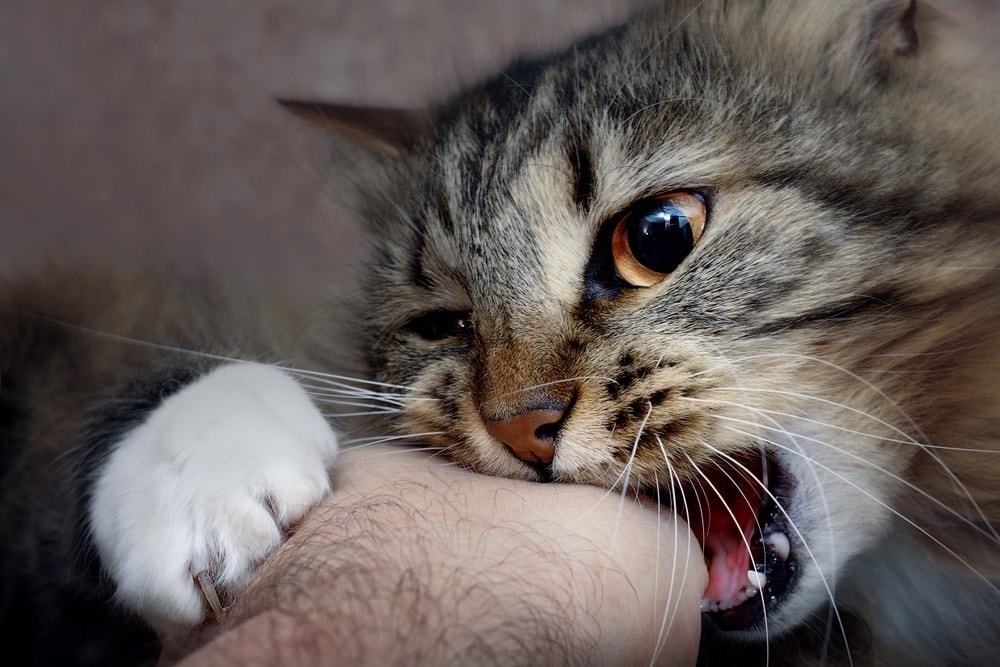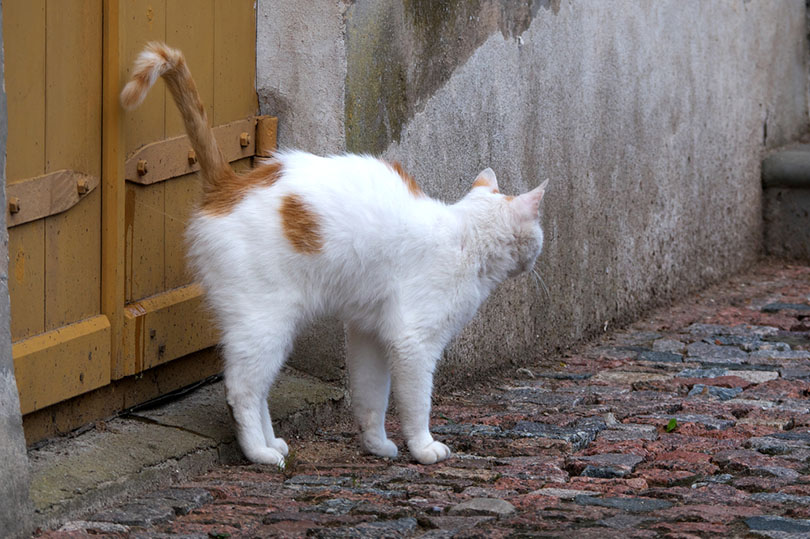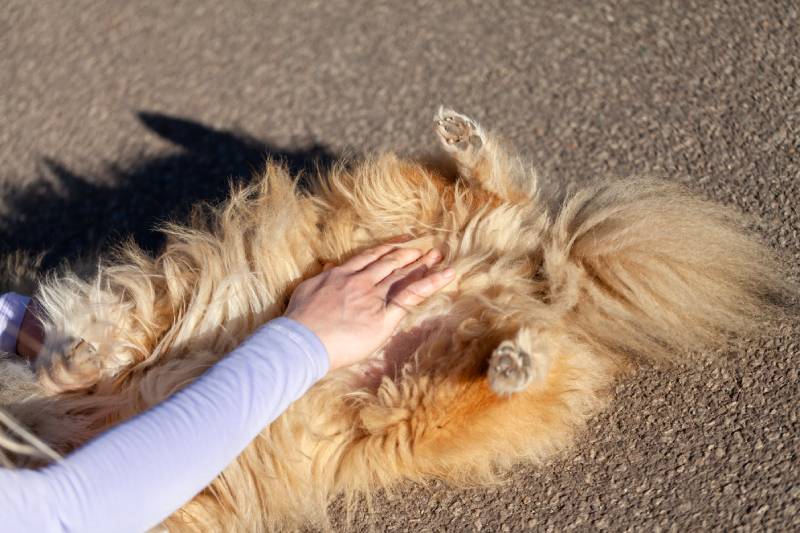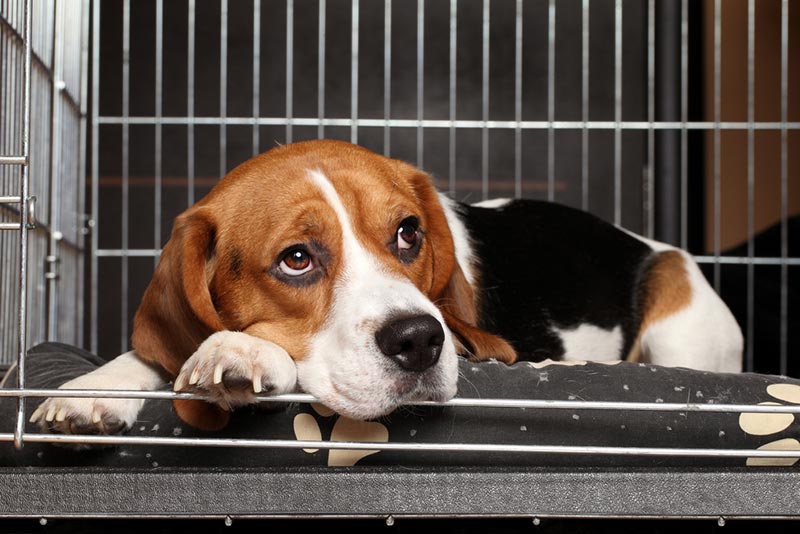How Tight Should My Cat’s Collar Be? Vet-Reviewed Facts & Tips

Updated on
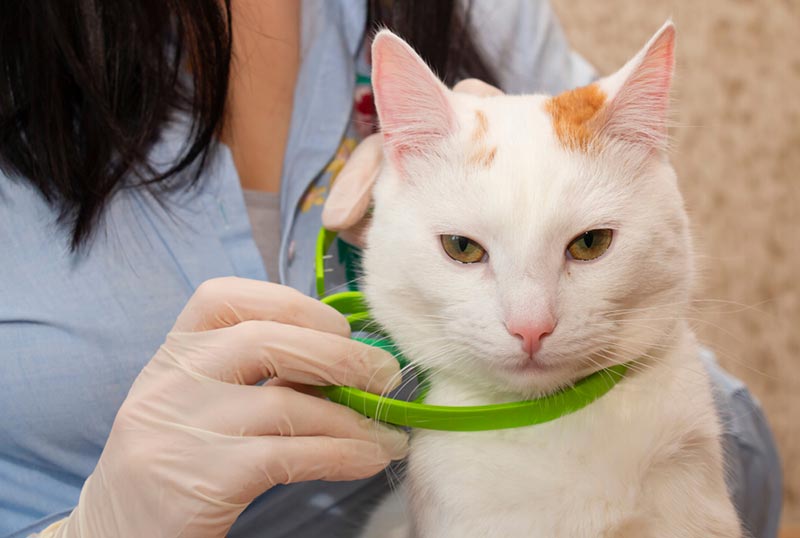
Click to Skip Ahead
Choosing the correct collar for your cat is essential, but so is how tight it should be. It’s a question many cat owners might ask themselves; you should be able to get two fingers between your cat and their collar.
When you first fit a collar, your cat might tense its neck muscles, so after a few minutes, you should always check and adjust the collar if necessary. A collar that is too loose or too tight threatens your cat’s safety, and below we will explain exactly how.
Does My Cat Need a Collar?
If there’s a risk associated with putting on a collar incorrectly, you might be wondering if your cat even needs a collar in the first place. So, why might you need a collar for your cat?
Identification
Microchipping is the safest identification method, but if your cat goes outside, it’s also sensible to use a collar and tags to show your cat has an owner. Tags can list the owner’s details and important medical information.
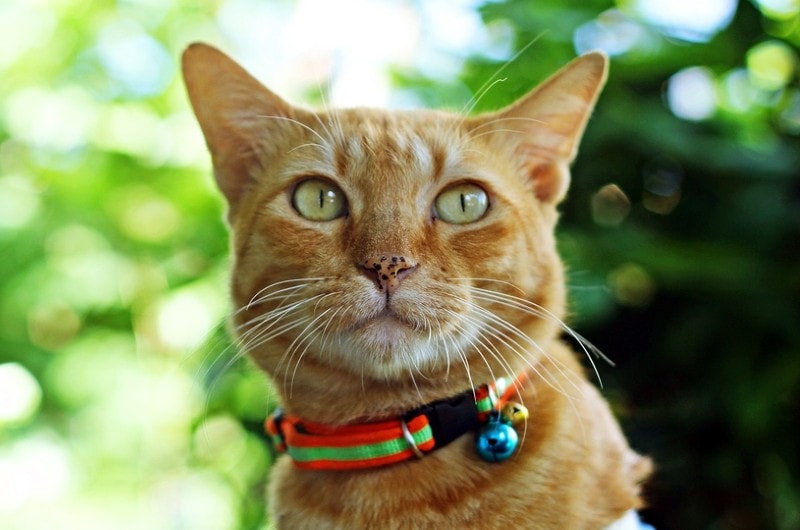
Cat Flap Activation
Cat flaps can be activated by a cat’s microchip, negating the need to wear a collar. However, you can still get cat doors that respond to a magnet on the cat’s collar. You might even have an automatic cat feeder that works the same way.
Increased Visibility
Collars can have reflective stripes to illuminate your cat in the dark. This is especially helpful when they are crossing the street.
Reduces Hunting
Owners might want to reduce the risk to wildlife in their garden by adding a bell to their cat’s collar. This may reduce the number of birds or small rodents your cat can hunt and catch.
Flea Control
You can use a flea collar to repel pests, but ensure you select a quality brand that has been thoroughly tested to minimize the chance of an adverse reaction.
Can Collars Cause Injuries?
Injuries can occur for a variety of reasons, for example:
- Hair loss due to a reaction to a chemical in the flea collar or rubbing of the collar against the neck
- The cat getting a loose collar caught around its lower jaw
- Front leg getting stuck through a loose collar, which could result in a painful and serious injury to the armpit
- Strangulation is when a poorly made collar is hooked on something and doesn’t break open
Injuries occur because a collar has been fitted poorly, made improperly, or is of poor quality. So, the collar’s quality and how you put it on your cat are essential.
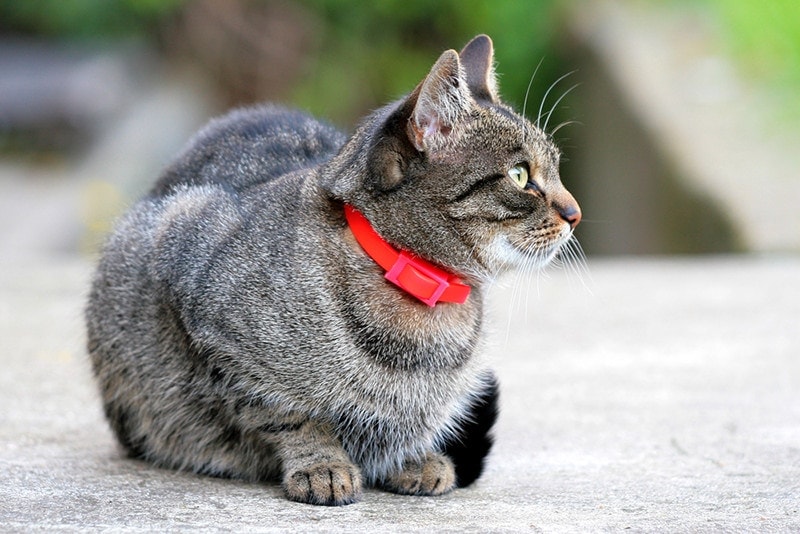
What Collar Is Safest for Your Cat?
A collar with a breakaway buckle is your safest option. If your pet is caught on something, the collar will snap open when your cat attempts to pull away. It means they might return home without it, so if your cat is particularly active and prone to getting stuck, you might be regularly replacing them!
How Tight Should Your Cat’s Collar Be?
You’ll find that most cat collars come in one size, designed to fit a cat with a neck size between 8 to 12 inches. Place the collar around your cat’s neck as big as it will, and then tighten it gradually. You should be able to fit two fingers between the collar and your cat’s neck as a general guideline. Tight enough to stop it from being pushed straight off by the cat and loose enough that they can breathe freely.
When you have a kitten, check the size regularly as they grow, so it doesn’t become too tight. It’s also not a good idea to leave a kitten unattended wearing a collar. Kittens aren’t always heavy enough to trigger the breakaway buckle, and they’re also more likely to get into a difficult situation than an adult, which is a dangerous combination.
We all know how curious cats can be! Keep your cat safe with our Hepper Breakaway Collar, made of 100% natural hemp. This collar's quick-release mechanism will make sure your cat never gets stuck, and the metal slip-locks will ensure a tight fit for any breed. Plus, the included jingle bell will protect your local wildlife.
- Hemp-Hemp Hooray - hemp breakaway cat collars are long-lasting and resistant to UV rays – The...
- What the neck?! - Our cat breakaway collar has adjustable sizing with metal slip-locks, and softens...
Final Thoughts
When it comes to your cat’s collar, you must ensure it is not too loose or too tight. Both can cause problems ranging from uncomfortable to dangerous. The best rule to follow is to check if you can get two fingers between the collar and your cat’s neck. Thankfully, it is an easy and quick enough way to be sure!
Featured Image Credit: Inga Gedrovicha, Shutterstock



